
Palo Alto College
San Antonio, Texas
SMALL TOWN HISTORY: Lockhart
| Nina Cuellar | Fall 2000 |
| History 1302 | Hines |
Click on map to see larger view.
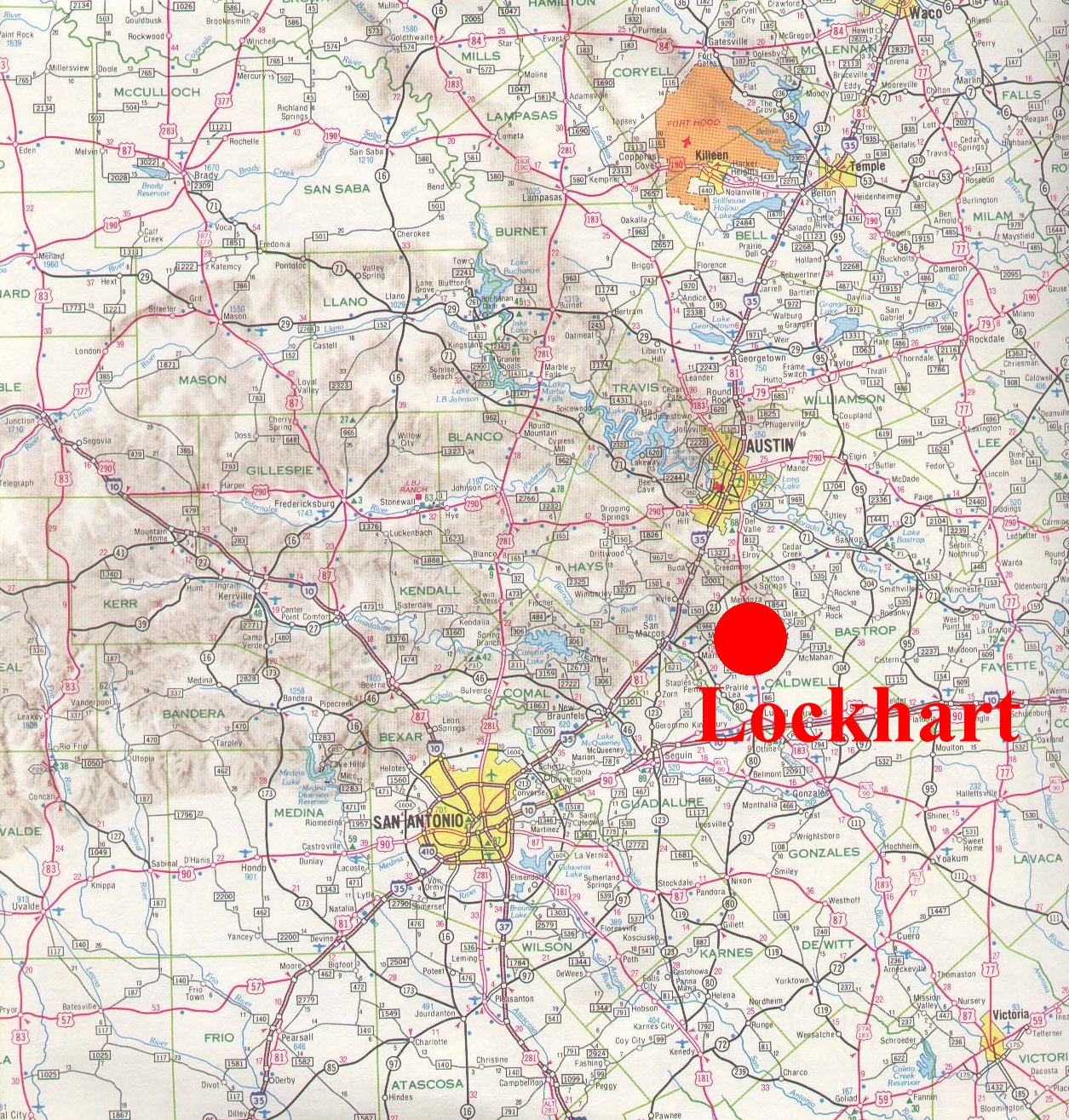 ORIGINS: Byrd Lockhart, the town's namesake, was an assistant surveyor to Green De Witt.
In 1830 he was given four leagues of land along Plum Creek as payment for his surveying work,
and for building roads from Bexar County to Gonzales County with money out of his own pocket.
Since he already had a homestead in the DeWitt Colony, he used the land for farming, and in 1831
decided to opened it up to settlers. The town was known as Plum Creek until 1848 when the name
changed to Lockhart. At about the same time, it was decided to split Gonzales County in two. The
new county, with Lockhart as its county seat, was named Caldwell County after Mathew Caldwell,
the scout leader and a soldier in the Texas Revolution and Battle of Plum Creek. In 1852 Lockhart
was officially incorporated as a city.
ORIGINS: Byrd Lockhart, the town's namesake, was an assistant surveyor to Green De Witt.
In 1830 he was given four leagues of land along Plum Creek as payment for his surveying work,
and for building roads from Bexar County to Gonzales County with money out of his own pocket.
Since he already had a homestead in the DeWitt Colony, he used the land for farming, and in 1831
decided to opened it up to settlers. The town was known as Plum Creek until 1848 when the name
changed to Lockhart. At about the same time, it was decided to split Gonzales County in two. The
new county, with Lockhart as its county seat, was named Caldwell County after Mathew Caldwell,
the scout leader and a soldier in the Texas Revolution and Battle of Plum Creek. In 1852 Lockhart
was officially incorporated as a city.
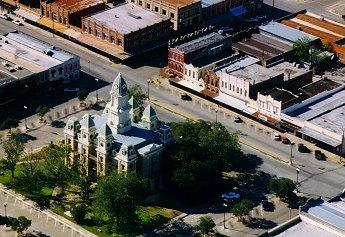 |
| Downtown Historic District |
"FOUNDING FATHER": Byrd Lockhart was born in Virginia in 1782. He came to Texas and settled in Green De Witt's colony in 1826. He served as a surveyor to De Witt until the outbreak of the Texas Revolution. He then served with Stephen F. Austin as a scout until he was separated from Austin's command near the Medina River in late 1835. Lockhart served in various other companies and on February 23, 1836 he brought together the Gonzales Ranging Company of Mounted Volunteers. He and his company arrived at the Alamo in early March. A short time before the battle, Lockhart and Andrew Jackson Sowell were sent to obtain supplies from the garrison. A delay in Gonzales caused the two to narrowly miss the fall of the Alamo. He later became the captain of a spy company for the Texas army. Byrd Lockhart died in 1839.
ECONOMY: In the 1830's Lockhart was a very small farming community, but by the next decade, after the Battle of Plum Creek, the population was really taking off. After the Civil War, a drought took away a lot of the crops. With land well-suited for grazing, cattle ranching slowly started to bring the economy back around. It was soon found that cotton did well on the land too, which gave another boost to the growing economy. The cattle business soon started booming and in 1867 the first herd, owned by Lockhart's own J.J. Myers, was driven to Kansas on what was to become the Chisholm Trail. In the 1870's Lockhart became a major northward converging point on the Chisholm Trail, making it an important center for trade. By mid-decade the business activity started to decline because of railways in San Antonio and other cities, and the establishment of nearby Luling. In 1885 the Missouri Kansas Texas rail line came to Lockhart and opened it up new markets. By the 1890's electricity and plumbing had made their way to the growing city. The turn of the century saw Lockhart become a major cotton processing center for the region. Discovery of shallow oil fields in Lockhart and the oil boom in Luling brought yet another economic and population boost. In the following years the agricultural economy continued steadily, and the population started leveling off. To attract new businesses to the town, residents created the Lockhart Industrial Foundation in 1973. So far, this foundation has been fairly successful in bringing new industries and more jobs to the community.
HISTORICALLY SIGNIFICANT STORIES: In the years between Reconstruction and the early 1900's, Lockhart was known as one of the wildest cities in the U.S. Almost everyone in town carried a gun. One story I came across was about Sheriff John Franks and Constable John Smith. One day the two men had gotten into an altercation. While they were fighting on the courthouse steps, Franks pulled a gun on Smith and shot him dead on the spot. It was a hot topic for the townspeople for a long while.
When good crops were hard to come by after the Civil War, Lockhart resident A.D. Mebane came up with the hardy strain of cotton seed that helped save farming in Lockhart. That strain is still being used today.
In 1902 Emil Seeliger of Lockhart hand built the first car the city had ever seen. It was very crude and very loud. When the town's people heard the loud bangs, they thought it was another outburst of gunfire, but were astonished to see their first horseless carriage.
LANDMARKS:
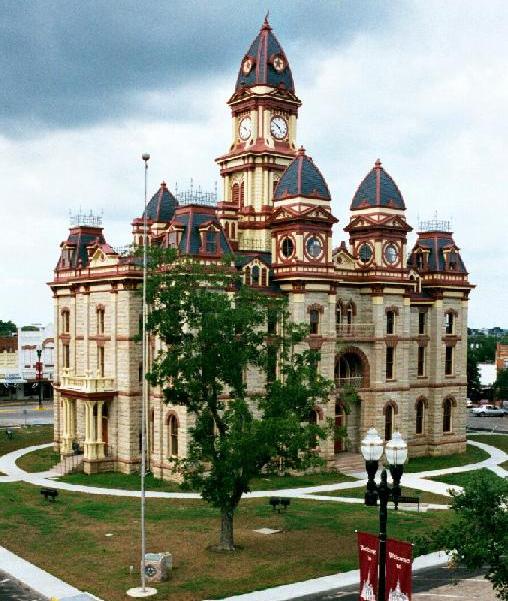
| 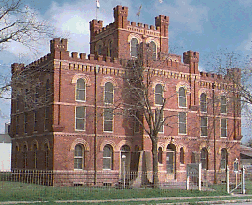 |
| The newly restored Caldwell County Courthouse | The Caldwell County Historical Museum |
There have been three Caldwell County Courthouses. This, the third, was completed on March 19, 1894. It was originally equiped with electricity, but no indoor plumbing. The closets later had to be converted into restrooms. In April 2000, after a complete restoration, it was rededicated.
In 1908-1909 the Caldwell County Museum was built to serve as the county jail. It was built on the site of the county's first log jail. It's five stories tall and the top three stories served as the jail cells. The bottom two were for storage and the Sheriff's residence. In 1977 it became a Texas Historic Landmark.
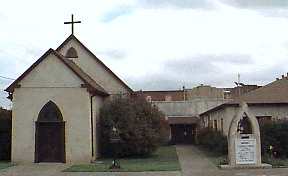
|  |
| The Emmanuel Episcopal Church | The Eugene C. Clark Library |
The Emmanuel Episcopal Church was built in 1856, and is the state's oldest unaltered Episcopal Church. In 1976 the church underwent extensive restoration. It's also a Texas Historical Landmark.
The Dr. Eugene Clark Library was built in 1899 after Dr. Clark left $10,000 in his will to the citizens of Lockhart for the construction, books, and maintenance of a library and lyceum. President William H. Taft has spoken from the steps of the library. It has served as a cultural center for Lockhart and Caldwell County for over 100 years, and stands as the oldest continuously operated library in Texas. It is currently undergoing restoration.
EVENTS: In the summer of 1840 Comanche Indians heading south from Austin to Port Lavaca swept through the land pillaging, plundering, and killing. Texans organized a volunteer army, and with the help of the Texas Rangers, they got the Comanches to retreat. On August 11th of 1840 the two forces met at Plum Creek, also known as present day Lockhart. The Texans overtook the Comanches, pushing them westward and keeping them from returning to the land. With the threat of Indian attack gone, this greatly opened up settlement to Lockhart.
The Depression of the 1930's brought great hardship to the city of Lockhart. The First Lockhart National Bank shut down, and there were at least three reported suicides.
TIES TO THE COMMUNITY: I have very close personal ties to Lockhart. My grandfather was born in Lockhart in 1916. His father came up from Mexico in 1889 when he was two years old. My great-grandmother came up from Mexico during the Mexican Revolution in 1911. The two met in Lockhart and were married in 1915. My great-grandfather was the town mortician and he could speak fluent German, Spanish, and English. He, my great-grandmother, and their children were the only Mexican family living on the white side of town, which wasn't easy for them. My great-grandfather died in 1926. My great-grandmother worked as a laundry maid, and occasionally picked cotton with her children for other farmers until my grandfather was old enough to work. He stopped attending Mexican School #1 in 1930 and started taking odd jobs around the town. When he was 17 he entered the Civilian Conservation Corps camp and worked in Lockhart and Bastrop. In 1942 he entered the army and went to war, mostly in the Pacific. He and all of his brothers fought in the war, and every one of them returned home alive. In 1948 he married my grandmother. They lived with my great-grandmother in Lockhart until she died, and moved to San Antonio in 1953. Even though they lived in San Antonio, my grandmother had my aunt and dad in Lockhart. Every few months we go as a family to Lockhart for the best barbecue in Texas, and some family history.
PHOTOGRAPHS:
Historic Homes of Lockhart

|  |
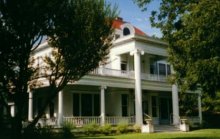 |
| Albion Bed and Breakfast |

|  |
The Barbecue Capital of Texas
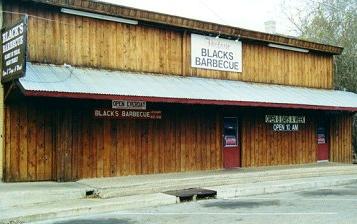
| 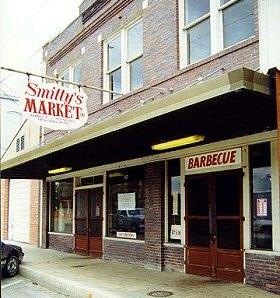 |
| Black's Barbecue | Smitty's Market |
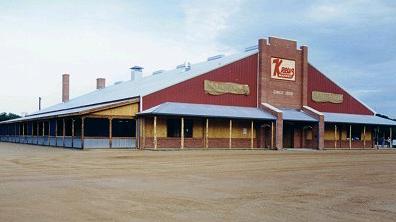
| 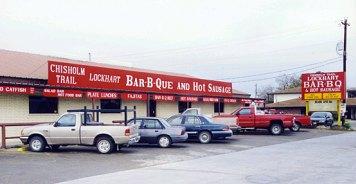 |
| The new Kreuz Market | Chisholm Trail Bar-B-Que |
FUTURE PROSPECTS: The Lockhart Industrial Foundation is continuing to attract new industry from Austin, especially, and other areas. Just recently, Lockhart received a Texas Capital Fund Grant of over $600,000. With this, the city has attracted the R&D Molders, Inc. from Austin that will bring in 56 new jobs. Lockhart was also recently named the "Barbecue Capital of Texas" by the state government. There have been numerous restaurant chains and retail stores, such as Sonic, Walmart, and Taco Bell, that have made their way to the city too.
WEBSITES:
City of Lockhart
The Handbook of Texas Online: Lockhart
ANNOTATED BIBLIOGRAPHY:
Books
The Encyclopedia of Texas. Vol. I. St. Clair Shores, MI: Somerset Publishers, Inc., 1999.
For an "encyclopedia," this book had surprisingly little information. It was from the teacher's list, and served as a groundwork source.
Owens, Lorrie K., Ed. Dictionary of Texas Historic Places.Vol. I. New York, NY: Somerset Publishers, Inc., 1996.
Though this book didn't have a listing for Lockhart specifically, it did have some good information about Caldwell County which centered around Lockhart. It had some useful information about some of the landmarks.
Syers, Ed.Backroads of Texas. Houston, TX: Gulf Publishing Company, 1988.
This book was set up like a Texas travel guide. There was a moderate amount of historical information. It, too, was good for groundwork information.
Tyler, Ron, Ed.The New Handbook of Texas. Vol. IV. Austin, TX: Texas State Historical Association, 1996.
I got this source from the teacher. It's incredibly useful. It had good information on the town itself, the county, important names, and events. I really like that there was an online version for when I didn't have the book in front of me.
Zelade, Richard.Hill Country. Austin, TX: Texas Monthly Press Inc., 1987.
This source was also from the teacher's list. I was really surprised with this book. I found some great information that I hadn't seen in any other source. It had some stories you couldn't find in any reference book.
Interview
Cuellar, Gilbert V. Personal Interview, 9 Nov. 2000.
This interview was with my grandfather. Since he was born and raised in Lockhart, he was an obvious choice for an interview. Most of what I asked him dealt with the family's life in the town, and time spans that were left out of the books.
Web Sites
Lockhart, Texas Community Web. May 18, 2000. Lockhart, TX. 21 Oct. 2000. http://www.lockhart-tx.org.
This site was great. I found it using a basic search engine. It had almost everything you've ever wanted to know about Lockhart. The pictures were a big help. The geneology section could have been better, but over all, it was a great source.
Internet Information of Texas: Lockhart Dec. 23, 1995. Texas. 30 Oct. 2000. http://www.iitexas.com/gpages/lockhart.htm.
This site wasn't too bad if all you were looking for was some basic information. It gives the skeleton of the town, but nothing in-depth. This site was found using a search engine too.
Lockhart & Caldwell County. Mr. Dueitt's LHS American Cultures Class. Feb. 22, 1998. Lockhart, TX. 8 Nov. 2000. http://www.lockhart.k12.tx.us/dueitt/lockhart_mainpage_dueitt.htm.
This site took some real digging. I was really impressed with it when i finally came across it. There is good information about the architecture of the town, and some good pictures. It's an impressive site.